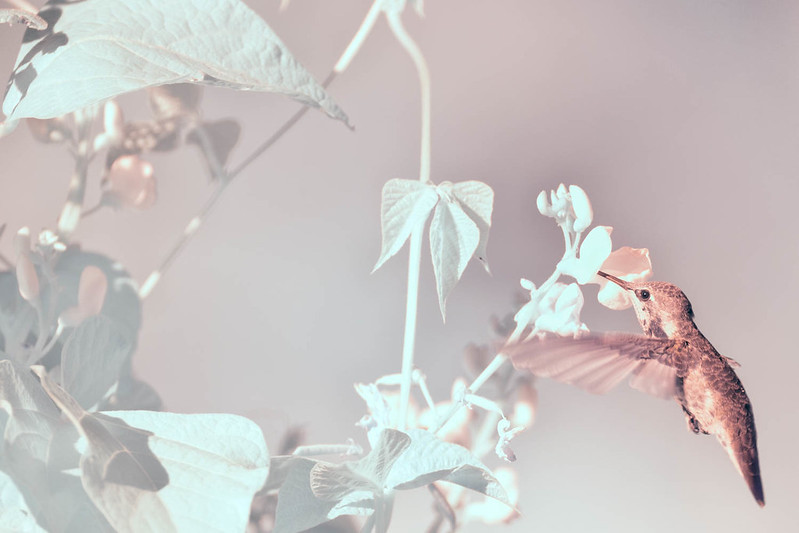I took this hummingbird shot with an infrared (590nm) 6D recently. AF didn't work so I had to manually focus it, which was a bit difficult. I am curious what you think of the shot.
 Infrared Hummingbird by Joseph Calev, on Flickr
Infrared Hummingbird by Joseph Calev, on Flickr
 Infrared Hummingbird by Joseph Calev, on Flickr
Infrared Hummingbird by Joseph Calev, on Flickr
